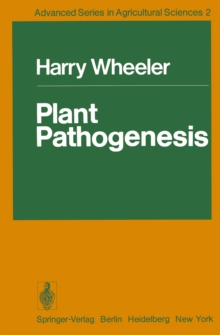
Fertilization of Dryland and Irrigated Soils PDF
by J. Hagin, B. Tucker
Part of the Advanced Series in Agricultural Sciences series
Description
Much has been learned about the proper and judicious use of fertilizers.
Fertilizer application by farmers has grown from an art to a science.
As food producers have strived to increase crop yields by overcoming nutrient deficiencies the use of fertil- izers has increased dramatically.
This has created a large chemical industry capable of supplying the needed plant food elements.
A more complete understanding of soil chemistry and plant nutrition has led to greater fertilizer use with improved fertilization methods and crop cultural practices.
Improved fertilizer technology has led to the production of more efficient forms of fertilizer.
The modem fertilizer industry and with it fertilization practices began in the humid countries of the world.
The use of fertilizers in arid and semiarid regions was later in development, although agriculture had its beginning in semiarid and arid regions.
The development offertilizer use is parallel to industrial development in various areas of the world.
Information
-
Download - Immediately Available
- Format:PDF
- Publisher:Springer Berlin Heidelberg
- Publication Date:06/12/2012
- Category:
- ISBN:9783642683275
Other Formats
- Paperback / softback from £119.99
Information
-
Download - Immediately Available
- Format:PDF
- Publisher:Springer Berlin Heidelberg
- Publication Date:06/12/2012
- Category:
- ISBN:9783642683275










